

Engage prospects with a scan and streamline customer engagement with FREE QR code marketing tools by Sona – no strings attached!
Create a Free QR CodeFree consultation

No commitment

Engage prospects with a scan and streamline customer engagement with FREE QR code marketing tools by Sona – no strings attached!
Create a Free QR CodeFree consultation

No commitment
Adult care services are undergoing rapid transformation as digital technology reshapes how providers communicate, gather feedback, and optimize care delivery. With growing demand for senior living services, elderly care facilities, and in-home care, organizations must find ways to improve service quality while engaging residents, family members, and care teams more efficiently.
Historically, collecting feedback in adult care settings meant relying on printed forms, manual data entry, and follow-up calls. These methods are often slow and inaccessible for busy staff and older adults who may find paper-based systems or phone calls cumbersome. This lack of responsiveness can result in crucial input going unrecorded, ultimately impacting satisfaction and missed opportunities for service improvement. QR codes now offer a seamless approach, blending analog interactions with digital convenience and enabling feedback, engagement, and insight collection with a simple scan.
By strategically weaving QR codes into daily workflows, adult care services can capture more meaningful responses, reduce drop-off from complex processes, and create real-time connections among residents, families, and caregivers. This technology has the potential to address long-standing pain points such as feedback lost in manual systems or disconnected resident engagement while supporting high-value, data-driven improvements across care environments.
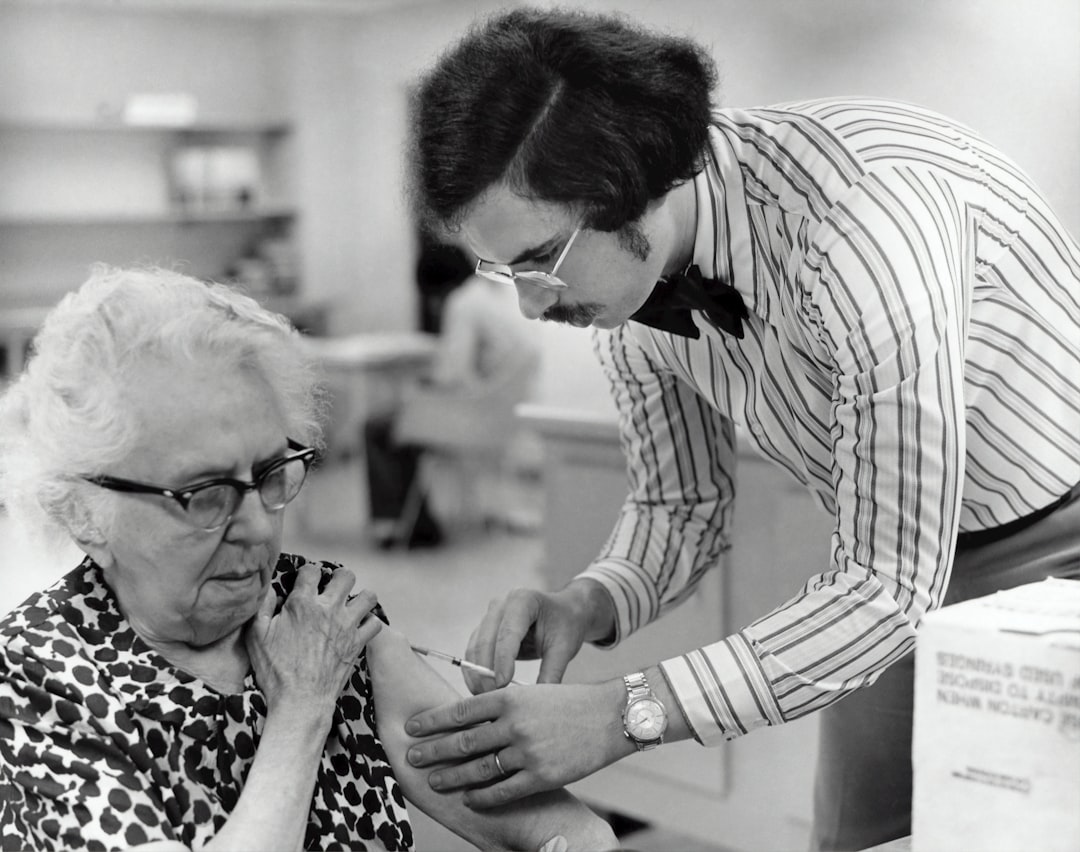
Many adult care providers struggle with capturing robust feedback, often missing high-value insights due to inaccessible or time-consuming processes. Residents and families may hesitate to complete lengthy forms or find it inconvenient to share impressions at the right moment, which leads to untracked sentiment and lost opportunities for improvement. QR codes create a direct bridge from physical touchpoints to digital forms, enabling timely, low-effort input that reduces friction for everyone involved.
Replacing analog processes with QR-enabled workflows dramatically streamlines participation. Printed comment cards become mobile-friendly surveys, voicemail boxes become pre-filled SMS forms, and paper sign-up sheets become dynamic registration pages that track submissions automatically. With Sona QR, teams can generate codes, route scans to the right destination, and collect analytics in a single dashboard that integrates with existing systems.
Transitioning from paper-based surveys to dynamic QR campaigns not only increases response rates but also surfaces feedback that would otherwise remain invisible. Staff spend less time chasing forms and more time closing the feedback loop. Modern systems can automate code creation and tracking, map scans to specific locations, and connect insights directly to service improvement workflows.
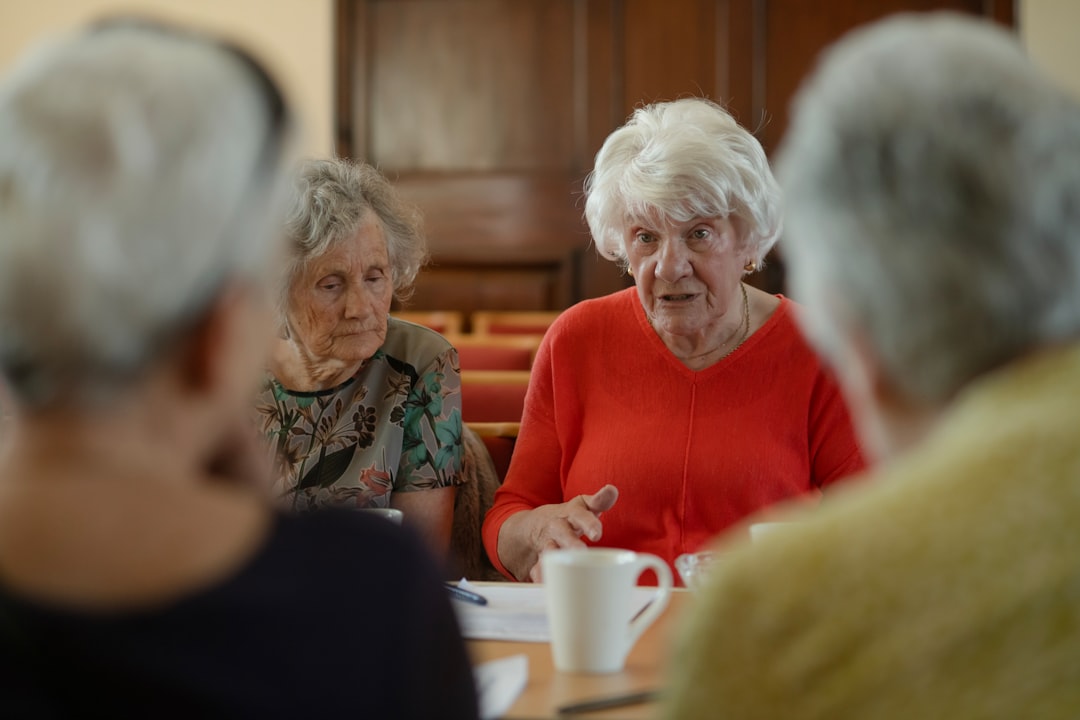
Adult care teams often struggle with knowing when and where critical feedback is being missed. Walk-in visitors may leave without reporting a concern, residents may forget details by the time of a scheduled call, and staff may not have time to enter notes from paper forms. QR codes simplify this by enabling residents and families to provide instant, in-context feedback with a quick scan. This relieves pressure on staff and reduces the risk that important information is lost or delayed. For care-home examples, see QR codes for care homes.
The impact is practical and measurable. Leadership can update digital content in minutes without reprinting materials, teams can see which placements generate the most engagement, and outreach can be tailored based on scan behavior. Whether placed on appointment cards, admission folders, notices on community boards, or signage at the front desk, QR codes make it easier to gather and act on real-world sentiment.
This data-driven approach replaces guesswork with actionable metrics. Teams move from reactive to proactive management, and the organization fosters a culture of listening that strengthens trust among residents and families.

Adult care environments require flexible formats that serve residents, families, and staff across a variety of contexts. The right format ensures a low-friction path from a scan to a useful action, whether that is feedback submission, requesting support, or connecting to a secure network during a visit.
Platforms like Sona QR allow teams to generate multiple formats within one system and to switch destinations as needs evolve. In a single facility, codes might route to surveys in dining halls, safety reporting forms in staff areas, and contact profiles for key coordinators at reception.
Dynamic QR codes are best when topics shift regularly, such as rotating surveys, seasonal events, or emergency alerts. Static codes work for evergreen resources like staff directory vCards or patient rights information. Many adult care teams use a mix to create both stability and agility across touchpoints.
One of the biggest missed opportunities in adult care is the absence of feedback prompts at the exact moments when impressions are formed. Families notice staff responsiveness during a visit, residents evaluate a meal right after eating, and caregivers reflect on workflow during shift changes. Without an easy way to respond in those moments, sentiment fades and valuable insight is lost.
QR codes allow organizations to plant measured, low-friction feedback prompts in the right places. By mapping frequent interaction points and deploying friendly, accessible calls to action, you capture input while it is still vivid and specific. This approach also helps ensure that quieter voices and less frequent visitors are not overlooked.
Modern deployment tools can track which locations drive the most engagement and identify blind spots where feedback is rarely captured. Over time, you can reallocate attention to the placements and prompts that generate the most actionable insight.
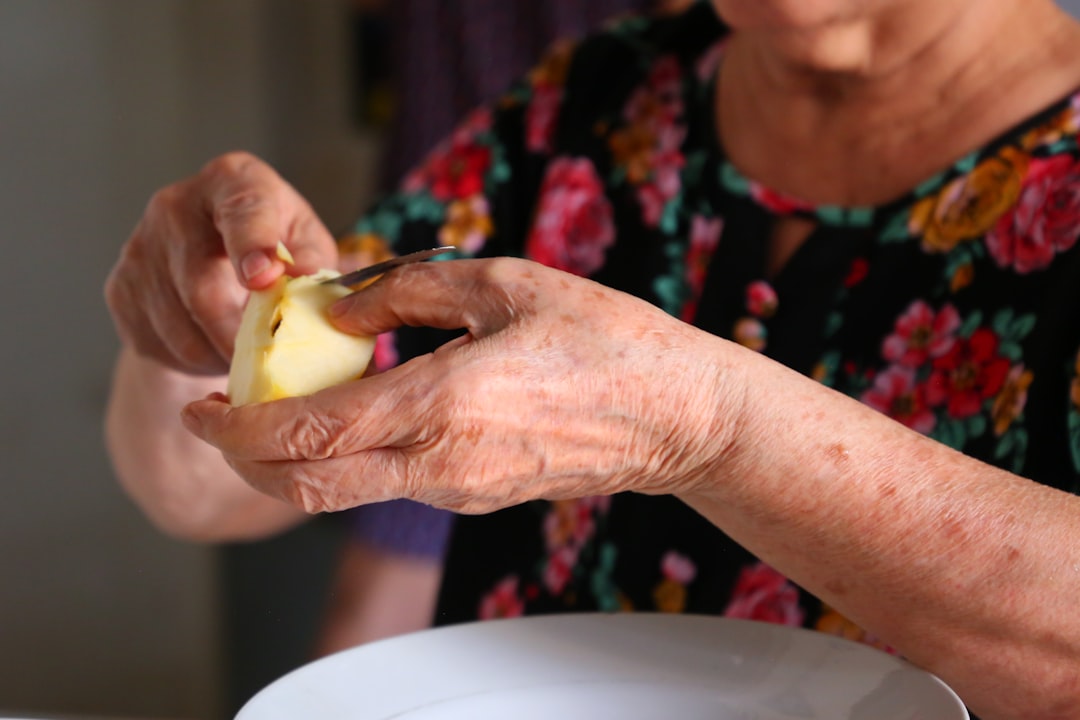
Adult care providers often face lost engagement when feedback processes are hard to find or complete. QR codes address this by meeting people where they are, using simple prompts that encourage timely participation. The following use cases map to typical daily interactions in assisted living, memory care, skilled nursing, adult day programs, and home care, and align with senior care QR ideas.
Well-crafted QR campaigns focus on specific outcomes such as faster response to concerns, higher satisfaction scores, or improved participation in wellness activities. Each use case should be aligned with a clear objective and measurable follow-up process.
Each of these scenarios not only increases engagement but also shortens the time from observation to action. That closed-loop responsiveness is central to trust and quality in adult care.
Every scan carries useful context about who engaged, what they cared about, and when they responded. By deploying distinct QR codes across journey stages and physical locations, adult care teams can segment audiences automatically and deliver targeted follow-up that reflects real behavior. This is especially important when responding to family concerns or offering resources to residents with specific interests. For step-by-step tactics, see Sona’s Playbook titled Intent-Driven Retargeting: Driving High-Impact Campaigns with First-Party Intent Signals.
Segmentation also protects staff time. Instead of broad, generic outreach, teams can prioritize high-intent feedback, quickly route support to those who request it, and deliver tailored content that feels more personal. With Sona QR, scans can sync to CRM or EHR records to unify data and trigger automated workflows.
This approach ensures that both positive and negative signals turn into appropriate actions. Over time, you can nurture long-term advocates, while also ensuring urgent feedback receives the timely attention it deserves.
Disconnected marketing and communication can confuse residents and families, especially when information changes frequently. QR codes knit together print, on-site signage, email, and video screens, creating a consistent experience from awareness through to feedback and follow-up. A unified strategy also reveals which channels are most effective so you can refocus time and budget accordingly. Sona is an AI-powered marketing platform that turns first-party data into revenue through automated attribution and activation; for measurement frameworks, see Sona’s blog post titled The Essential Guide to Offline Attribution.
In adult care, multichannel integration is not just about marketing. It is equally valuable for care coordination and community engagement. From lobby displays to community newsletters, QR codes provide a reliable gateway that reinforces messages across contexts.
Centrally managing QR campaigns ensures message alignment and lifts the overall experience. Platforms like Sona QR make it easier to coordinate across channels, monitor performance, and keep every audience on the same page.
Without structure, even good ideas can suffer from low response rates or messy data. A simple, repeatable process helps your team move quickly, collect clean signals, and learn what works. The following steps guide you from planning to optimization so your QR program stays efficient and effective.
A disciplined checklist also makes it easier to scale across multiple facilities. Once you validate a placement and message, you can duplicate the approach elsewhere, then adjust based on local needs or population differences.
Clarify the outcome you want. For example, aim to gather same-day satisfaction feedback in an assisted living lobby to resolve service concerns before families leave the building. Focused objectives drive clearer prompts and better placement decisions.
Choose between static and dynamic QR codes. Static codes point to a fixed destination and suit evergreen resources, such as a staff contact card. Dynamic codes allow edits after printing and include analytics that support campaign optimization and retargeting.
Design for accessibility and clarity. Make the code large enough to scan from typical viewing distances, add a descriptive label, and include a short benefit-driven call to action like Scan to share your dining feedback.
Roll out codes in locations that naturally align with your objective. In adult care, high-performing placements include welcome packets, lobby counters, dining tables, activity boards, discharge documents, and staff breakrooms.
Use analytics to understand what is working and what needs adjustment. Track scans, completion rates, and conversion events such as callback requests or maintenance tickets created from QR forms.
Visibility into who responds and when has long been a challenge for senior care leaders. Paper forms cannot show where engagement originates or which touchpoints are pulling their weight. Digital tracking changes that, and it enables a direct link between engagement efforts and outcomes such as faster resolution times, higher satisfaction, and even occupancy growth.
Modern platforms like Sona QR and Sona.com make it easy to capture and connect the data you need. You can see the full journey from scan to form completion and then to downstream results such as follow-up calls, care plan updates, or scheduled tours.
The result is a closed-loop system that turns every scan into a meaningful signal. Leaders can justify investments, frontline teams can prioritize follow-ups, and families can see that their input leads to real change.
Sustained QR engagement requires consistent signaling, clear benefits, and easy scanning. As your program grows, small improvements in design and placement compound into significantly better results. You can also automate follow-ups so scanners receive timely, personalized responses without adding administrative burden to staff.
Choose tactics that match your most common materials and the habits of your audiences. In adult care, that often means highly visible displays, short forms, and reassuring messages about privacy and purpose.
Creative deployment ideas include printing QR stickers on meal ticket receipts for a same-day dining poll, adding a code to therapy progress boards for quick session feedback, or placing a magnet with a family feedback QR on resident refrigerators in independent living cottages.
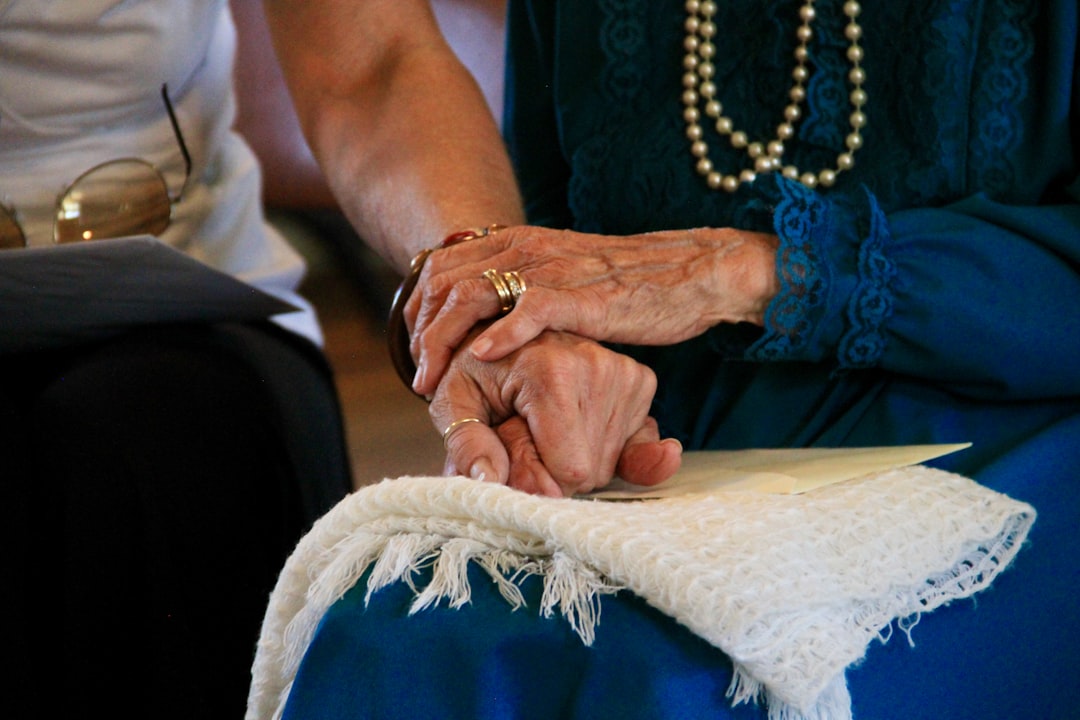
Adult care organizations are already demonstrating how QR-enabled workflows can turn casual impressions into measurable improvement. Success comes from making the experience intuitive and contextual, then acting transparently on what is learned.
By sharing results and crediting community input, providers encourage further participation. The more people see that their voices matter, the more they contribute, which creates a virtuous cycle of engagement and improvement.
These examples show how removing friction and creating visibility turns QR codes into a practical tool for quality improvement across care settings.
Even strong QR programs can falter if they neglect accessibility, segmentation, or trust. Adult care communities serve diverse populations, which means design and communication choices must be deliberately inclusive and transparent. Doing so not only improves participation but also strengthens relationships among residents, families, and staff.
Avoid shortcuts that compromise clarity or privacy. Test placements, gather qualitative feedback on whether prompts feel respectful and clear, and explain how input will be used. When people feel heard and safe, they are far more likely to contribute.
The most common mistakes include placing codes in low-traffic areas, using vague calls to action, and letting surveys grow too long. Keep prompts short, make benefits obvious, and show that feedback leads to visible change.
QR codes have emerged as an adaptable, accessible way for adult care services to capture insight, close communication gaps, and strengthen community ties. Used intentionally, each scan not only voices a concern or shares a compliment, it also equips care teams to respond more effectively, turning feedback into tangible improvements. Tools that automate QR management and analytics, while protecting privacy and streamlining workflows, ensure that the focus remains where it matters most: delivering high-quality, person-centered care.
As adult care services become more complex and expectations continue to rise, integrating QR technology presents a practical path toward stronger feedback loops, informed decision-making, and improved resident satisfaction. Moving beyond manual processes, digital-first solutions empower organizations to act on previously invisible insights, transforming every resident or family interaction into an opportunity for growth. With Sona QR, you can generate your first codes in minutes, monitor performance across placements, and connect scan activity to real outcomes through Sona.com. Start creating QR codes for free at Sona QR.
QR codes have transformed adult care services from traditional feedback methods into dynamic, real-time engagement channels. Whether it’s gathering valuable client and family feedback, enhancing service quality, or streamlining communication, QR codes replace cumbersome surveys with instant, mobile-friendly interactions that capture actionable insights. Imagine instantly knowing which aspects of care resonate most and addressing concerns before they escalate.
With Sona QR, you can create dynamic, trackable QR codes in seconds, update feedback campaigns on the fly without reprinting materials, and link every scan directly to measurable improvements in service delivery. No missed feedback, no delayed responses—just smarter, more responsive adult care management.
Start for free with Sona QR today and transform every scan into meaningful feedback and better care outcomes.
Adult care services include senior living services, elderly care facilities, in-home care, assisted living, memory care, skilled nursing, adult day programs, and home care.
Choosing the right adult care service involves defining your specific needs, considering factors such as living arrangements, care intensity, and personal preferences, and assessing services like assisted living, memory care, or in-home support that match those needs.
QR codes improve adult care services by enabling seamless, real-time feedback collection, increasing engagement among residents, families, and staff, reducing manual paperwork, providing actionable data, and enhancing communication and service quality.
Adult care services improve seniors' quality of life by offering personalized support, timely feedback mechanisms, enhanced communication with families and caregivers, and data-driven service improvements that address resident needs and preferences.
The article does not specify exact costs but indicates that using QR codes and digital solutions can improve cost efficiency by reducing manual processes and enabling scalable feedback collection across adult care services.

QR codes have rapidly evolved from a simple convenience to a strategic asset for adult care services. These dynamic codes offer a streamlined way to gather valuable feedback from residents, families, and healthcare professionals, transforming how adult care facilities connect, measure satisfaction, and improve service delivery. For adult care providers, QR codes address persistent frustrations with paper forms and manual processes, which often hinder timely feedback and leave high-value insights trapped in disconnected systems.
The need for actionable feedback is more critical than ever in senior living services, elderly care facilities, and assisted living options. Organizations struggle when critical data goes uncollected or when fast-moving issues slip through the cracks due to outdated processes. QR codes provide a seamless bridge from physical environments, like common areas, reception desks, or resident rooms, to digital feedback tools, such as this Google Forms QR guide. This makes it easier to capture candid, timely responses and surface issues that matter.
By integrating QR code technology into daily workflows, adult care service providers can transform traditional print surveys and comment boxes into actionable data. They can also support continuous improvement initiatives and empower both caregivers and administrators to respond in real time. Modern QR solutions allow facilities to track every engagement across channels, syncing responses directly to care management and CRM systems with platforms like Sona QR. This minimizes the risk of missed signals or lost opportunities and enables a consistent loop between feedback, action, and results.

Adult care organizations often grapple with incomplete data when feedback relies on outdated, analog processes. Paper surveys sit unreturned, suggestion boxes are rarely analyzed, and busy caregivers cannot chase down forms. QR codes bridge the gap between offline interactions and digital insights, delivering outcomes like faster feedback collection, higher participation rates, and clearer visibility into key moments across the resident and family journey, as outlined in our QR marketing guide.
The key is to design a system around real-world use. Replace manual, one-off efforts with a connected framework where scanning a code triggers a short, accessible digital form that flows directly to staff dashboards and care systems. This drastically reduces friction for older adults and caregivers, while creating a detailed record of needs, preferences, and service quality signals. For form-based flows, see this Google Forms QR explainer.
Automating the feedback loop not only streamlines workflows and reduces administrative overhead, it also ensures that actionable insights are never missed. With dynamic QR platforms that support centralized management, you can create and update codes, monitor scan performance, and sync data with CRM and EHR systems. Every scan becomes a data point that elevates service quality and enables more responsive care.

Adult care providers regularly face the frustration of missing valuable feedback because responses are either not collected or cannot be tied back to key moments in the care journey. Residents may hesitate to share concerns in person, families may intend to fill out a paper form later but forget, and staff often lack time to distribute and process surveys. QR codes transform passive touchpoints into interactive entryways that invite immediate input where it matters most. For industry context, see this overview of senior living marketing.
This technology helps teams move from anecdotal, occasional feedback to continuous, measurable insight. When a short scan leads to a quick, accessible survey, participation rises and patterns become clear. Facilities can see which floors, shifts, or services need attention. Administrators gain an uncluttered view of what is working, what needs adjustment, and where to direct resources for maximum impact.
For adult care services, QR-driven touchpoints transform appointment cards, care plans, and facility signage into opportunities for fast, trackable engagement. This supports both daily operations, like housekeeping or dining services, and longer-term improvement goals that align with regulatory standards and family expectations.
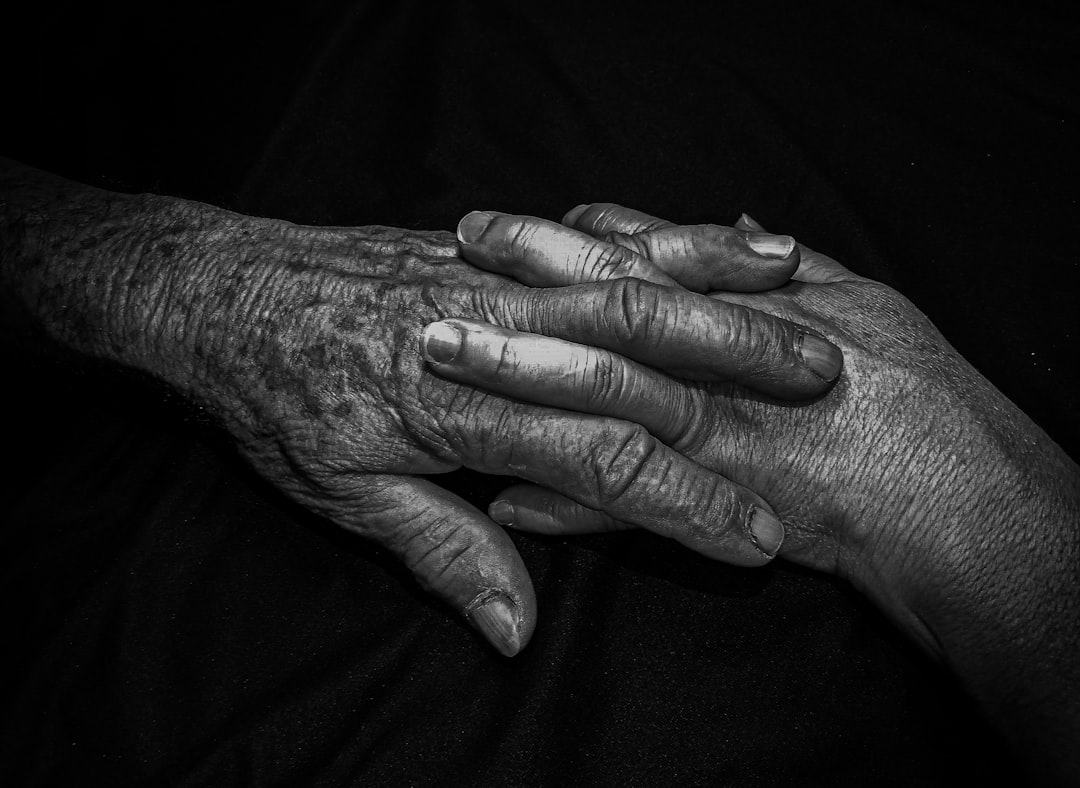
Different needs in adult care call for flexible QR formats that balance ease of use, accessibility, and data collection. Each format can be tailored to the environment, from resident rooms to reception desks to community events, with destinations that match intent and context. Dynamic QR codes are especially valuable for adult care settings because content and priorities change frequently as residents and families move through different stages of care.
When selecting formats, consider who will scan, what they need to do, and how much information you must capture. For example, a two-tap feedback form is ideal for daily interactions, while a longer intake form suits new resident onboarding. Your goal is to make scanning simple and purposeful for older adults and their support networks.
Dynamic QR codes are recommended when ongoing optimization and measurement are needed. Static codes fit fixed resources, like a PDF of community guidelines, but dynamic codes give you the freedom to update destinations, add UTM parameters, and track performance across all your placements without reprinting.

Growth and service improvement in adult care depend on meeting people where they are. The environments where residents, families, and staff spend time are filled with moments that can unlock insight, yet traditional paper-based systems miss many of them. By thoughtfully placing QR codes where engagement already occurs, you capture feedback that would otherwise be lost and convert everyday interactions into opportunities for continuous improvement. For inspiration, explore care home QR uses.
Focus on high-traffic areas and high-impact transitions, such as intake and discharge, where emotions run high and details matter. QR codes help people respond quickly and privately, from a resident rating their meal at the table to a family member sharing a concern while waiting in the lobby.
By prioritizing QR deployment in strategic locations, facilities ensure coverage across crucial care touchpoints. This reduces disconnected feedback, improves compliance with safety and quality standards, and supports a culture of listening and responsiveness.
Feedback and engagement initiatives often stall when signals are fragmented across channels or never surface to decision makers. QR codes simplify how organizations capture and act on insights, making every touchpoint measurable. When integrated with care management and CRM systems, these scans form the backbone of a modern, responsive feedback engine. For campaign ideas, see these senior care QR ideas.
The most successful programs start small and scale. Pilot two or three use cases in the spaces where residents and families already engage, then expand to additional departments or facilities. This creates momentum and demonstrates clear value to staff and leadership.
Each use case moves adult care away from sporadic, one-size-fits-all feedback toward continuous, context-aware signals. This opens the door to truly personalized care delivery and more confident decision making across teams. For measurement fundamentals, read Sona’s attribution primer.
Many adult care campaigns struggle with anonymous traffic and missed retargeting opportunities. A scan is more than an interaction; it is a signal that can be used to personalize follow-up. Modern QR platforms make it simple to harness that signal by tagging scans with audience type, location, and intent, then syncing those segments to your CRM, marketing automation, or EHR systems. To operationalize this, use Sona’s intent retargeting playbook.
In adult care, audience distinctions matter. A scan from a prospective resident at an open house carries different implications than a scan from an existing family member reviewing a care plan. When you tag these moments correctly, you can deliver timely updates, invite conversations, and prioritize outreach where it matters most.
Automated analytics now make it possible to integrate segmentation and CRM syncing in real time. With a platform like Sona QR, each code becomes a smart entry point, capturing context that fuels retargeting and ensures that high-value interactions result in supportive communication and action.
Consistent messaging and meaningful connections across care journeys are often undermined by disconnected campaigns. QR codes serve as the connective tissue between physical and digital efforts, turning printed materials, events, and signage into measurable digital journeys. This improves the resident and family experience while enabling staff to understand which materials and messages perform best.
A multi-channel approach also reduces reliance on any single method. If a family misses an email, they may scan a code at the front desk. If a resident prefers print, they can still access a digital form with two taps. The result is a balanced environment where everyone has a simple way to engage and where staff can learn from the data.
Advanced platforms enable centralized management and reporting for all QR deployments so that each channel informs the next. For choosing models, see Sona’s attribution models.
Operational challenges in adult care often stem from fragmented campaigns, limited personalization, and difficulty linking scans to outcomes. A structured checklist helps you plan, launch, and refine QR initiatives that are accessible to residents and families while remaining measurable for administrators.
Start with one high-value use case, ensure accessibility, and build feedback loops that guide action. As confidence grows, expand deployments and refine your metrics to focus on what creates the most value for your community.
Select a use case where missing feedback or slow processes create pain for residents, families, or staff. Common starting points include meal satisfaction, maintenance requests, and discharge follow-ups. Define a clear outcome such as raising survey completion by 30 percent or cutting maintenance resolution time by two days.
Choose between static and dynamic QR codes based on flexibility and reporting needs. Static codes are appropriate for fixed resources like a PDF of community guidelines. Dynamic codes enable edits without reprinting, track scans, and support tags for segmentation.
Accessibility and clarity determine whether people scan. Use a simple design with high contrast, ample whitespace, and a strong call to action. Include a short text explanation, and provide a backup short URL for non-smartphone users.
Place codes where engagement naturally occurs. Start with two or three locations that match your use case, then expand as you learn which placements perform best.
Measuring performance turns QR campaigns into continuous learning engines. Monitor scan volume, completion rates, and time-to-resolution, then iterate on placements, forms, and CTAs.
A brief weekly review can highlight quick wins such as moving a poster to eye level or shortening a survey. After a month or two, expand to new use cases and replicate successful patterns across the facility or network.
A persistent pain point in adult care is the inability to link printed materials and in-person interactions to outcomes that matter, such as improved satisfaction scores, faster service recovery, and higher occupancy. QR code tracking introduces accountability and precision. Instead of relying on anecdotes, teams can see which materials, locations, and messages drive engagement, and how that engagement translates into better experiences and business results. For a deeper look at outcomes, read Sona’s pipeline impact.
Analytics also support regulatory and accreditation goals. Timestamped records of audits, incident reports, and feedback loops create a defensible trail of action. When combined with CRM or EHR data, administrators can visualize the journey from scan to resolution and identify thresholds where additional staffing or training could prevent future issues.
Platforms like Sona QR and Sona make it possible to centralize QR management, integrate data across systems, and connect anonymous scans to known users through consent-based methods. This creates a robust attribution layer that demonstrates how QR engagement contributes to satisfaction, occupancy, and operational efficiency.
Even simple QR projects can underperform without careful planning and measurement. The following best practices help facilities maximize scan rates, gather cleaner data, and convert insights into action. Choose the tips that best match your media mix and care environment, then incorporate them into staff training and routine reviews.
Beyond the basics, creative deployments often unlock significant value. For instance, a QR on meal cards that changes weekly can drive consistent feedback, while codes on caregiver ID badges can route to staff satisfaction check-ins that protect confidentiality and improve retention.
In practice, facilities have succeeded with QR-enabled safety checklists, satisfaction kiosks at reception, and re-usable event posters that update dynamically. The common thread is a commitment to accessible design, clear calls to action, and a workflow that turns every scan into next steps that people can see and feel.
QR codes have redefined engagement and insight for adult care services, yet many organizations still struggle with missing data, weak segmentation, and inconsistent campaign impact. By transforming every flyer, badge, or sign into a digital entry point, QR codes enable care teams to act in the moment and document improvements over time. Residents and families benefit from faster responses and greater transparency, while staff gain a scalable system that reduces manual work.
Here is what QR-driven programs deliver for adult care:
The most successful implementations pair accessible design with thoughtful operations. Start small, learn quickly, and scale what works. Dynamic, centrally managed QR programs supported by segmentation and real-time analytics will help adult care organizations raise satisfaction, improve safety, and demonstrate accountability. With platforms like Sona QR, you can generate and manage codes, capture detailed analytics, and sync scan activity to your CRM or care systems in minutes. Start creating QR codes for free: Start creating QR codes for free.
The strategic deployment of QR codes in adult care services enables a new standard of care quality, responsiveness, and operational efficiency. Facilities that once relied on paper and sporadic feedback can now capture richer insights, personalize communication, and prove impact across every aspect of senior living and caregiving. Launch a focused QR feedback program in one department, measure the lift, and expand with confidence as you see participation rise, issues resolved faster, and satisfaction grow across your community.
QR codes have revolutionized adult care services by transforming feedback collection into a seamless, real-time process that drives continuous improvement and enhanced client satisfaction. Whether it’s gathering immediate input from residents, family members, or caregivers, QR codes replace cumbersome paper surveys with quick, mobile-friendly interactions that capture valuable insights effortlessly.
Imagine instantly knowing which aspects of your care services resonate most and where improvements are needed—enabling you to respond faster and elevate the quality of care. With Sona QR, you can create dynamic, trackable QR codes in seconds, update feedback campaigns without reprinting materials, and connect every scan to actionable data that empowers better decision-making. No missed feedback, no delays—just smarter, more responsive adult care.
Start for free with Sona QR today and turn every scan into a meaningful conversation that drives excellence in care delivery.
Adult care services include senior living, elderly care facilities, assisted living options, and services such as housekeeping, dining, maintenance requests, medication audits, and family engagement.
Choose adult care services based on your specific needs by identifying key moments like intake, discharge, meal satisfaction, or maintenance, and selecting services that offer personalized, accessible, and timely support.
QR codes streamline feedback collection, increase participation, enable real-time issue resolution, reduce reliance on paper forms, support continuous improvement, and integrate with care management systems for actionable insights.
Adult care services improve seniors' quality of life by enabling faster feedback, personalized care, timely maintenance and safety responses, enhanced family communication, and continuous service improvements driven by data.
Costs vary depending on the type of adult care service, but using QR codes reduces expenses related to printing, manual data entry, and administrative overhead while supporting scalable deployment across facilities.
Use Sona QR's trackable codes to improve customer acquisition and engagement today.
Create Your FREE Trackable QR Code in SecondsJoin results-focused teams combining Sona Platform automation with advanced Google Ads strategies to scale lead generation

Connect your existing CRM

Free Account Enrichment

No setup fees
No commitment required

Free consultation

Get a custom Google Ads roadmap for your business






Launch campaigns that generate qualified leads in 30 days or less.
